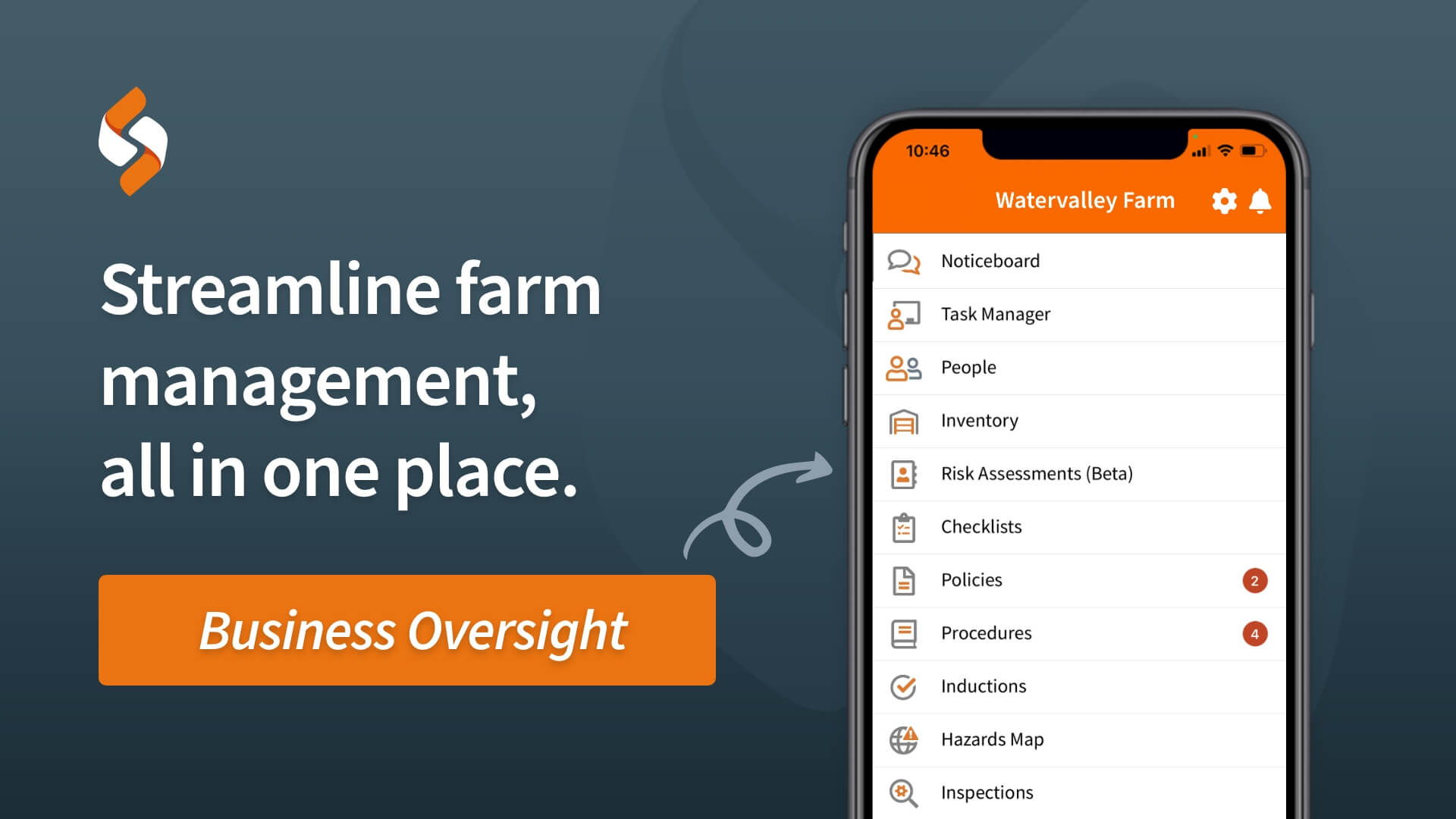Make informed decisions to optimise productivity, reduce costs, and improve sustainability. In this blog post, we will explore the importance of utilising real-time data in farming and how it can help farmers make better decisions.
By having access to real-time data, farmers can identify potential issues or inefficiencies early on, allowing them to take proactive measures and make data-driven decisions. We will also provide practical tips on how to collect, analyze, and interpret real-time data.
Why is data important in farming?
The role of data collection and data analytics is rapidly changing in agriculture. There is so much to learn which means there is a lot to overwhelm us too. Since its creation, technology in agriculture (AgTech) has been used for livestock management, crop management as well as machinery maintenance and equipment monitoring.
So how do we break-through the noise to identify the information that can actually be used?
If this is your first venture into Data Driven Agriculture - stick with us, it’ll be worth it. You’ve hopefully heard of tech stacks on farm - if not check this blog out first.
The majority of modern farms utilise a tech stack and they work well to guide decisions, but the variety of data collected could be developed to influence business operations. The speed at which AgTech is evolving, it isn’t a surprise farmers can struggle to keep up. An increased data flow and accessibility - opportunities for improvement in critical business decisions.
At risk of stereotyping - sorry - most farmers we know don’t handle raw data they rely on a data-driven service like Safe Ag Systems as well as traditional farming techniques. They make decisions based on acquired or generational knowledge shared.

How do you choose the right data?
With data readily available at the exact moment you need it, how do you turn that data into a tool to make decisions? Before you start analyzing data, take a step back and try your hand at data mapping;
-
Identify the problem you want to solve
-
Understand what data is being collected
-
What decisions could that data influence
-
What Agtech do you have or need
-
Run trials to compare potential solutions
-
Determine the return on investment
Let's remove the barrier. So, what’s your goal?
Agtech should be removing barriers from your farming business, not adding to them. Yes, sometimes adopting a new technology can be hard, especially when there is a generational or educational gap. But with some support and training, Agtech can have you working more efficiently and enhancing your productivity.
To put it plain and simple, if your tech stack isn’t user friendly or doesn't come with support and guidance - it isn’t the right tech for you.
-
Empower your farm workers
-
Grow your understanding of your farming environment
-
Improve innovations
-
Boost profits
-
Reduce waste
-
Minimize wasted time
-
Develop your supply chain
Here’s some simple how-to’s when it comes to data:
-
Reduce the number of collection points - a single, safe location to collect data
-
Standardise your data sets - this will help you to compare your data and identify trends and patterns
-
Clean data is accurate data
-
Enhance your tech stack with industry data sets
-
Establish the analytics you will be comparing - analyse data and use those results to support decisions - don’t look for data to match your decisions, the data should guide you to a decision

One piece of software, multiple data streams
How are you collecting data generated from your farm? Enter Safe Ag Systems.
In an ideal world, you’d have one location to store all your data - this can be difficult in a farming business with the variety of technology required. Did you know Safe Ag Systems isn’t just for farmers managing safety. The right software should provide you with real-time accessibility and simple tracking - does your safety management software offer you numerous reports?
Your farm management software should provide you with the potential to grow. Your workers and, more importantly, your supervisors should be able to be able to access important information quickly and easily.
Ask yourself, can your team locate data to help resolve issues or are they spending time trying to find collate information for reporting? A dashboard can help to categorize important information at a glance.
Does your farm management software keep track of tasks? Well it should be. In the process of running a farming operation, it isn't just the management of livestock and crops that need to be monitored. The easiest way to keep track of productivity and streamline operations is through a task manager feature.
Is your farm equipment and machinery maintenance data driven? Farmers invest a lot into the right equipment so you want to be able to optimize your maintenance schedule accordingly. Use your data to monitor performance metrics and spot any patterns when it comes to maintenance schedules. Data driven maintenance could prolong the lifespan and reduce any downtime.
A chemical register can be developed to do more than just track chemical usage - it can guide decisions around crop selection which can flow on to profitability. How you ask? Looking back at previous years can identify crop yields and loses. Previous years of data can assist in optimizing resources and production volume whilst helping guide decision around irrigation, fertilization, and pest control.
Your farm management software should be equipped with analysis and risk assessment tools as well as strive to offer feedback and improvement tracking - a hazard or issue was identified, this is how we addressed it. With its record keeping capabilities, Safe Ag Systems also supports food safety management, compliance management, sustainability resource management, information security management and so much more.
With the right data, farmers can be better equipped to make smarter choices.
Topics: Farm Management Software
Disclaimer: Content on this website may be of relevance to users outside of Australia, but content links and examples are specific to Australia. Please check with your local authority for your country and industry requirements.











